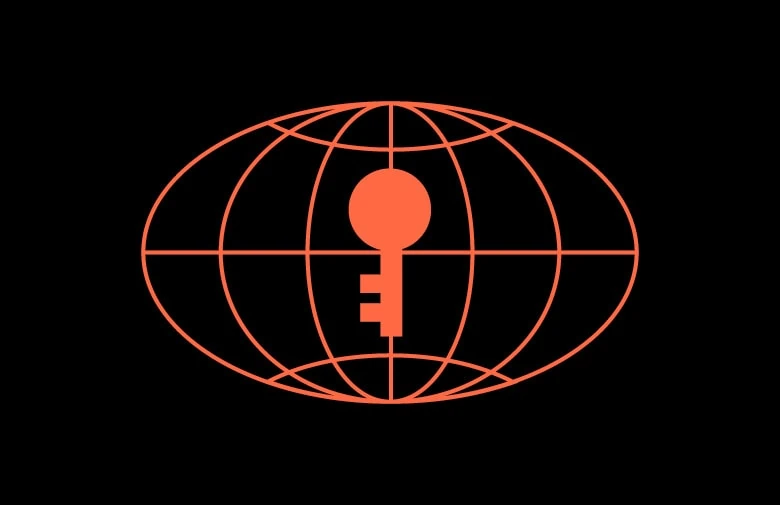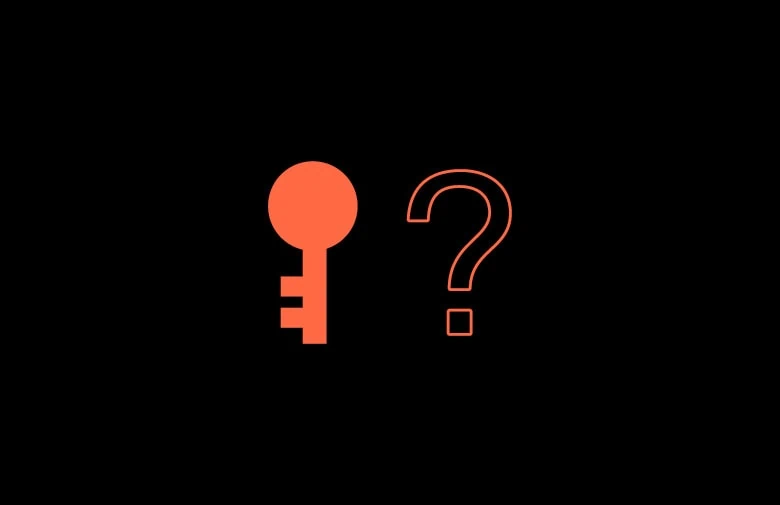Unlock the power of your key messages

Summary
Key messages are where your brand value and differentiators are expressed with the most clarity. But stakeholders can only remember three to five things about your brand, so it’s essential to
focus on messages that truly resonate. Getting there takes some effort, so we take you through the major steps of the key message development process and, perhaps most importantly, how to get the message out to the right audiences.
When you’re building a brand, your visual identity can only communicate so much. You’ll also need to put pen to paper and tell your customers what makes you worth their time and money. You’ll need key messages.
At our agency, we’ve been writing key messages for years. Here, we’re sharing a few tips to help guide your team in creating messages that will best communicate your brand story to your different audiences.
What are key messages?
Key messages are a fundamental aspect of your brand that demonstrates value and differentiates you from competitors. They form the backbone of all of your brand messaging, and help keep your communications consistent, concise and focused.
Each key message is typically around a sentence in length (they can be longer, but increasing length equals decreasing memorability). Each should be simple enough to be read aloud and easily understood by a listener. Don’t try to cram too many facts or claims in a message: one differentiator with the value to the stakeholder clearly articulated usually suffices for each message. In terms of brand/consumer interactions, simplicity is one of your most valuable assets.
Here’s an example of a potential key message for Dollar Shave Club, the popular subscription-based razor brand:
[differentiator] Choose from three subscription levels that suit your shaving frequency.
[value] You’ll cut down on trips to the drug store and trim a few dollars from your monthly budget because we skip the middle man and ship them straight to your door.
There’s a clear differentiator—this is a subscription service, versus the standard practice of buying the product from a store—with a connected value statement. Even better would be a dollar figure attached to the second sentence to drive home the value of service. Pepper in some on-brand language (“cut down,” “trim”) and, bam: a concise, memorable key message is born.
How many key messages does my brand need?
In the battle for a customer’s attention, you have to make every second count—if you’re a new brand, you’re lucky to have a customer remember your name. Asking them to remember much more is to set yourself up for disappointment.
To increase the likelihood of anyone remembering who you are and what you stand for, you should be developing no more than three to five key messages per stakeholder audience (more on that later). Research shows that most people have a working memory that is only able to remember that many items in a given task. Developing any more messages than that means your customers are less likely to remember anything about your brand—plus, it indicates you may not have as firm a grasp on your true value as you think.
Why do I need key messages?
There are two main reasons to develop key messages:
- to provide a clear articulation of why someone should choose your brand
- to ensure a consistent brand expression
The first reason is straightforward enough to understand on its own, so let’s focus on the second reason. Consistency makes it far easier for audiences to recall your brand when deciding on a product or service to purchase. Simply knowing a brand greatly increases the likelihood of choosing it.
Just as you wouldn’t change your logo, your name or your colours on a whim, your communications should remain on message as much as possible. This is especially true if you have multiple people writing for your brand: a set of agreed-upon key messages makes it easier for your social media co-ordinator, agency partner, PR partner, web team, sales reps, in-house marketing team and strategists to all row together in the same direction.

Who is the audience for my key messages?
Trick question: that should be “audiences.” Most organizations have more than one audience for their brand. Who your primary audience is will depend on where you are as a business, but you will no doubt also have secondary and tertiary stakeholders to communicate to.
A stakeholder analysis can help you tailor your key messages to the concerns of your primary audiences:
- What are the motivations for a first-time buyer versus those of a loyal returning customer?
- Do you need to attract new investors or keep existing ones satisfied?
- If you’re a B2B brand, what is the difference between the businesses you’re selling to and the end users of your product or service?
- How do you need to communicate your brand to staff or collaborators, both existing and prospective?
- Do you need to consider partner brands, industry regulators, influencers and thought leaders, differing decision-makers, and media?
Naturally, there will be some overlap in key messages between these groups. For example, potential investors and potential customers share some of the same concerns when deciding who to give their money to, such as your brand’s ethics and values, sustainability efforts, or customer service reputation.
When targeting messages toward different stakeholders, try to avoid having the messages openly contradict one another. Rather, they can differ in what they accentuate: where investors care about the profitability of a product, a customer cares about the value they receive for their purchase.
When do I develop my key messages?
It may not appear this way to the casual observer, but there is a widely agreed-upon process for brand development. Key message development sits about halfway in the process: after you’ve conducted your research (stakeholder analysis, competitive audit and SWOT analysis) and settled on a positioning statement, but before you’ve started on your visual identity and tagline. And definitely before you start your new or refreshed website.
The results of your research are essential to determining your key messages, as they should be geared toward the wants and worries of your stakeholder groups without completely overlapping with your competitor’s key messages. Your key messages should flow from your positioning statement, and then inform your brainstorming for a tagline.
In an ideal world, you’ll draft your key messages before you begin work on the visual identity, as the aspects of your brand that you’re accentuating in them may have an impact on your design choices. Are you positioning your brand as luxury, and emphasizing your elite levels of craft? These traits will almost certainly work their way into your visual identity. Are your key messages drawing attention to your sustainability bona fides? Your photography choices and logo might need to reflect that.
When drafting your key messages, start with your primary audience, then work your way down. Don’t worry if the messages feel repetitive to you: remember that most stakeholders will only be seeing the key messages meant for their eyes and attention.
Allow for some flexibility, too
You’ll want some variation in how your messages are expressed. To avoid rote repetition of your key messages, you can develop a lexicon of brand language and tone of voice guidelines to allow creativity in how you share those messages.

Where do my key messages go?
The short answer? Pretty much everywhere your brand appears, from the big (websites, brochures) to the small (social media posts, digital ads). While they are primarily used in written contexts, key messages should also inform spoken conversations and visual communications.
Your key messages should be developed such that they can be reproduced verbatim—important for those junior brand managers and on-the-floor sales reps—but slavish devotion to the wording isn’t necessary in most cases. A catchphrase works great as an ad headline, but having a person speak aloud in “slogans” will probably sound false (unless you’re a politician). Adapt your messages to feel comfortable in whichever medium you’re working in: the caption on an Instagram post, for example, might be a single sentence in a more casual tone of voice, versus a paragraph (or even an entire page) of copy on your website.

Ok, what’s next?
You’ve done the research. You’ve put pen to paper. You’ve refined your key messages, and then refined them again. They’ve been filtered into every level of your brand strategy and communicating them is starting to feel like second nature.
Now, it’s time to track their effectiveness and, if necessary, consider refining them further. Maybe you’ve found that certain phrases have garnered extra interactions on social media; perhaps others led to confused customers. Over time, you may want to undertake stakeholder research to see which of your key messages are resonating the most, and which can be discarded.
Just remember that, as with any aspect of your branding, you will interact with your key messages far, far more frequently than any of your stakeholders will. While the messaging may start to feel stale or repetitive to you, chances are high that stakeholders are still getting to know you. So, keep the messaging concise. Keep it clear. And above all, keep it consistent. Before long, your stakeholders won’t just be getting the message—they’ll be acting on it, too.